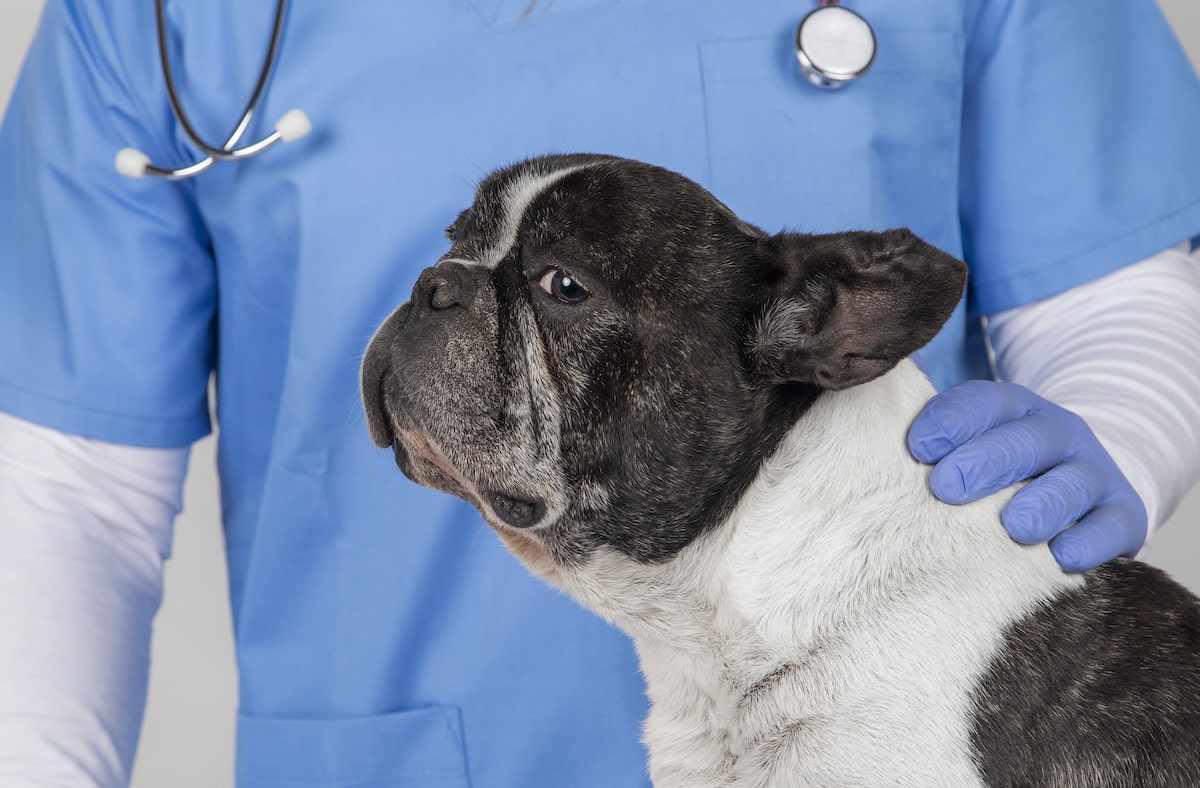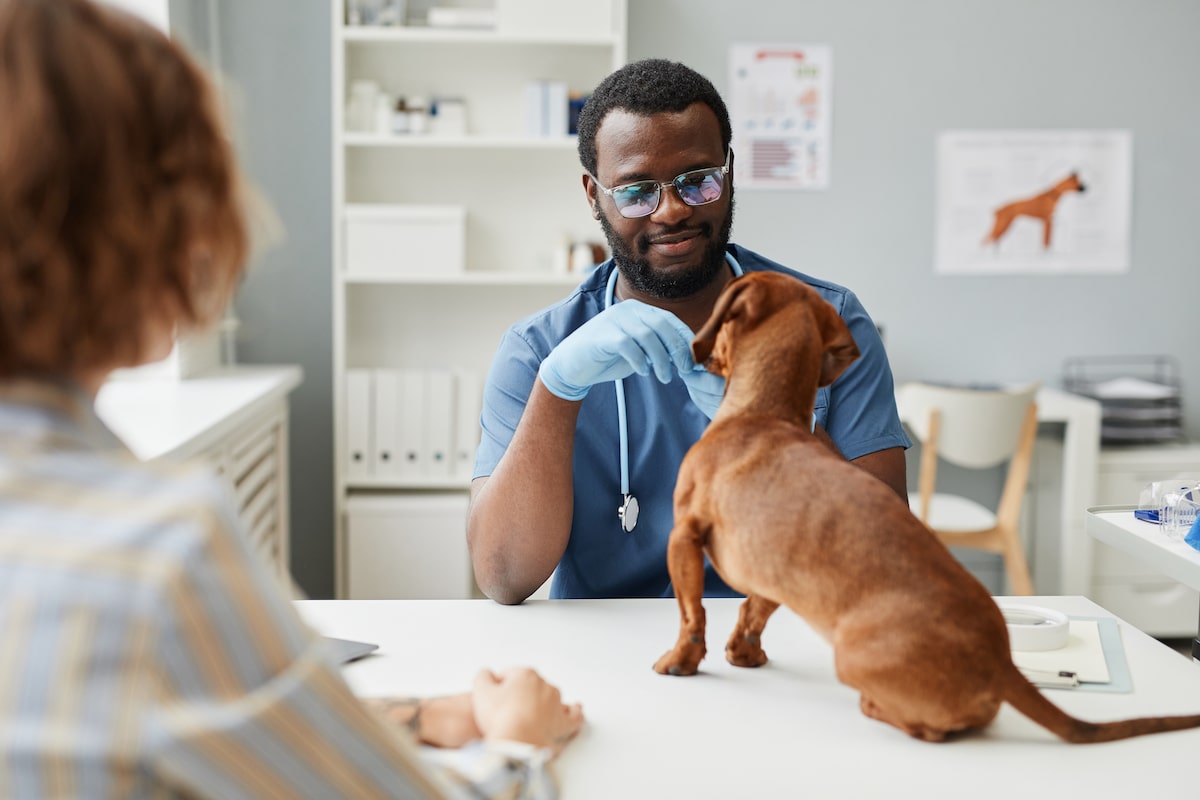Table of Contents
What Is Canine Parvovirus?
Canine Parvovirus, popularly known as CPV or parvovirus, or simply parvo, is a viral infection that poses a considerable threat to puppies and adolescent dogs. It can also affect unvaccinated adult and senior dogs.
Like most DNA viruses, parvovirus can exist outside the body of a living host for several months. It is incredibly resistant to most disinfectants, is extremely difficult to eradicate and can easily lead to death.
The virus can be spread either directly or indirectly. For instance, an uninfected dog can get parvo directly through contact with an already infected dog. Dogs can also get parvo indirectly through contact with infected feces, water bowls, food bowls, kernels, and even the clothes or hands of humans who have come in contact with an infected dog.
The virus is also species-specific. So while humans cannot contract parvo from dogs, they can readily serve as a medium through which it is spread.
Although the parvovirus is commonly known as an intestinal infection because it targets the stomach and small intestine of dogs, there have been severe cases where it attacks the heart muscles of puppies.
Signs And Symptoms A Dog Will Exhibit Once It Has Parvo
As earlier stated, Canine Parvovirus spreads very quickly. Once an uninfected puppy, adult, or senior dog comes into contact with the virus through a direct or indirect source, the virus will begin the incubation stage. This period usually takes place between three to seven days, and within this time, the infected dog will not show any symptoms.
The virus would then begin to target rapidly dividing cells, multiply, and migrate to other parts of the dog’s body. The areas that are the most affected are the bone marrow and the walks of the small intestine.
The protective white blood cells that help the body fight diseases will drop, thus giving the virus more opportunities to attack and damage other cells in the dog’s body. This is when the symptoms of parvo will begin to manifest.
Young puppies face the highest risk when it comes to the virus. Studies have also shown that some breeds such as Rottweilers, American Pit Bulls, Terriers, and Dobermans are more susceptible to parvo.
The symptoms of parvo can often be confused with the symptoms of other canine infections. However, several factors can help you detect if your dog has parvo. Some of the tell-tale signs to look out for once you suspect your dog has come in contact with the virus include:
- Severe weight loss
- Vomiting
- Lethargy
- Inflamed tissues around the eyes and mouth
- Fever
- Loss of appetite
- Abdominal pain
Once you begin to notice any of these symptoms, it is essential to take quick action before it is too late.
Prevention And Treatment of Parvo
Thankfully, there are many drugs in today’s world that can effectively reduce the mortality rate of most illnesses that were once highly lethal. There are highly effective vaccines that can significantly minimize your dog’s chances of contracting the virus.
Puppies can begin receiving the vaccines once they are between six to eight weeks and continue the vaccination schedule to ensure they remain immune to the illness. Older vaccinated dogs also require regular boosters to prevent them from contracting the virus later.
An important fact to note is that your dog can still get parvo even if it has had it before. Thus, you must ensure your dog is effectively vaccinated against the virus regardless of whether it has had it before or not.
Unfortunately, no known treatment can kill the virus. Although the virus does not directly cause death, it damages the intestine causing dehydration and causes infection of the bloodstream, which causes further complications that then lead to death.
Due to how quickly the virus progresses, early detection and treatment are essential for survival. Once you suspect that your dog has come in contact with the virus either directly or indirectly, isolate your pet and monitor it to see if it will manifest the symptoms of parvo.
Once your dog begins to show symptoms of the virus, you should take it to the nearest veterinary clinic so it can start intensive treatment to increase its chances of surviving the virus.



